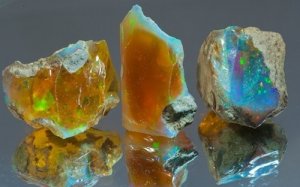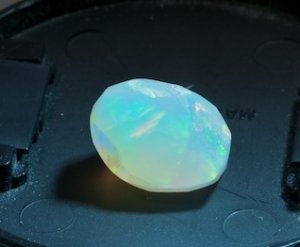Procer
Rough_Rock
- Joined
- Sep 28, 2009
- Messages
- 30
Hey pricescope members.
I just bought two mexican fire opals, one rough one faceted, from two different sellers. Both of them has now turned white/milky, the faceted one has turned completely opaque, while the rough only has in one part. My guess is that it is filled with something, like lead filled rubies, and just wanted to hear if anyone has any idea what it could have been filled with? What throws me off is that it wasn't white when I received it, but it has turned over a period of three days time.
-Mathias
I just bought two mexican fire opals, one rough one faceted, from two different sellers. Both of them has now turned white/milky, the faceted one has turned completely opaque, while the rough only has in one part. My guess is that it is filled with something, like lead filled rubies, and just wanted to hear if anyone has any idea what it could have been filled with? What throws me off is that it wasn't white when I received it, but it has turned over a period of three days time.
-Mathias












300x240.png)